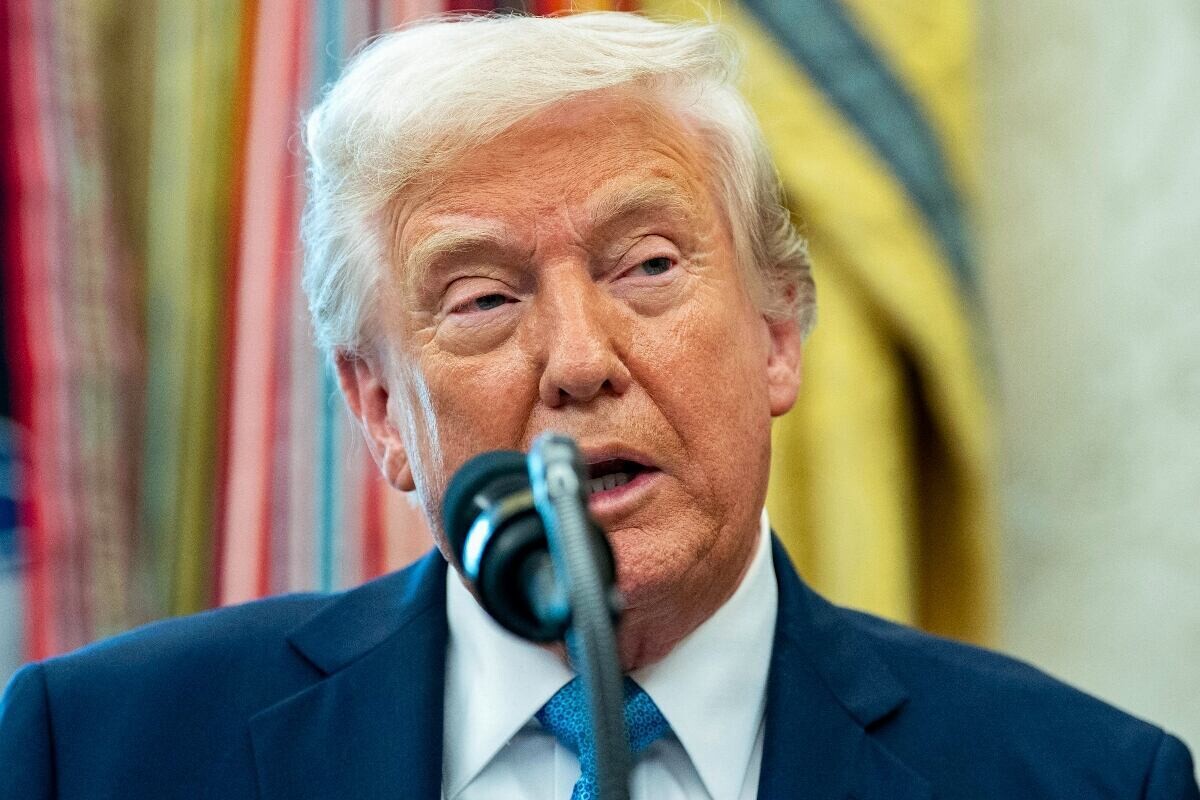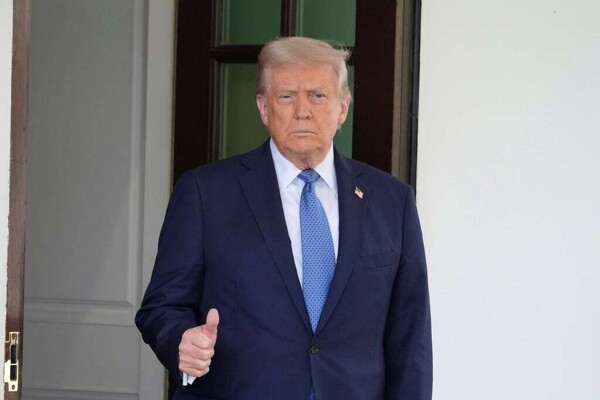
The tariffs imposed by President Donald Trump would lead to a tax increase for low-income families, according to an analysis from the Institute on Taxation and Economic Policy. The report from the progressive think tank outlines the consequences for Americans across various income ranges if the currently imposed tariffs remain in place for the next year.
According to the analysis, it is estimated that those earning $28,600 or less would have to allocate an additional 6.2% of their income due to the price increases caused by the tariffs. On the other hand, wealthier Americans earning at least $914,900 are expected to see their expenses increase by 1.7%. Middle-income families, earning between $55,100 and $94,100, would pay an additional 5% of their income.
Trump has established the highest tariffs in over a century in the United States, including a 145% tariff on many Chinese products, a 25% rate on most imports from Canada and Mexico, tariffs on sectors such as steel and aluminum, and a base tariff of 10% on the rest of the country’s trade partners. Despite this, the highest and most customized tariffs have been temporarily suspended for most countries for 90 days.
"Economists have warned that the costs of tariff increases will ultimately impact American consumers. While all prices will rise, it is expected that low-income families will feel the impact more acutely, as they allocate a larger portion of their budgets to essential goods," the report states.
Food prices are projected to increase by 2.6% in the short term due to the tariffs, while the largest price increases are expected to occur in clothing, with a rise of 64%. On average, tariffs are estimated to result in a loss of $4,700 per year for American households, according to estimates from the Yale Budget Lab.













